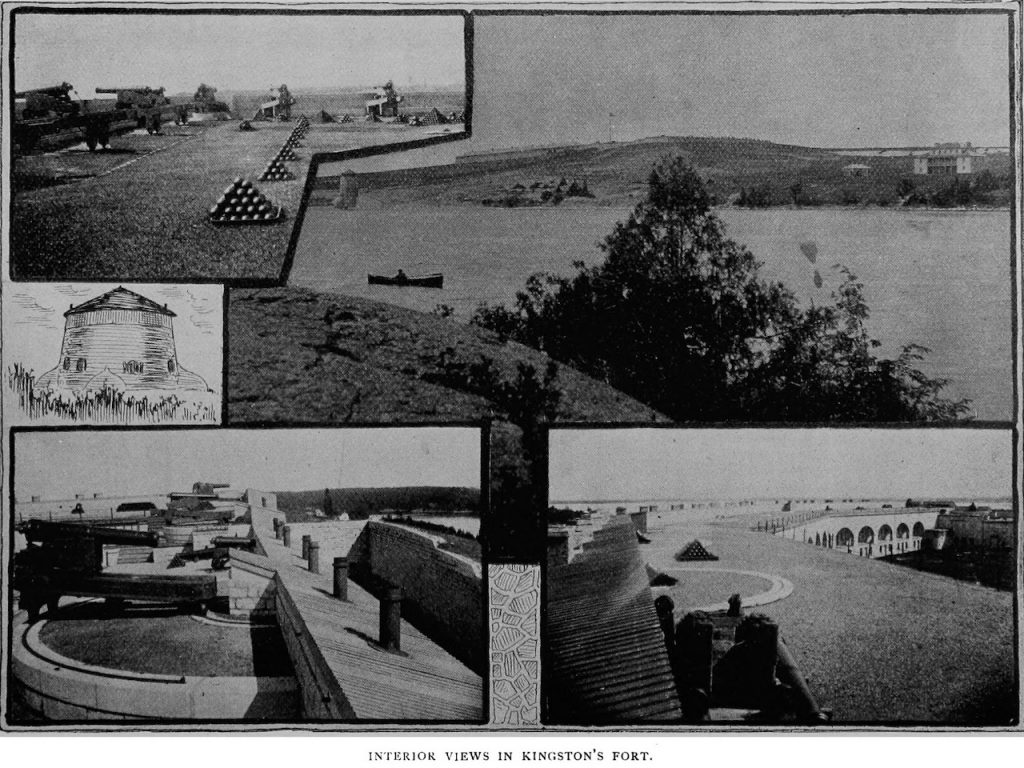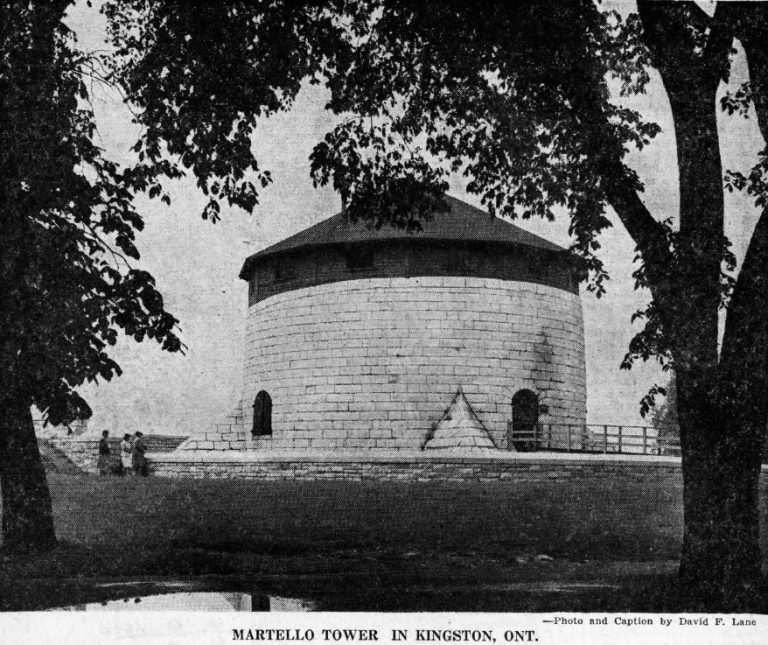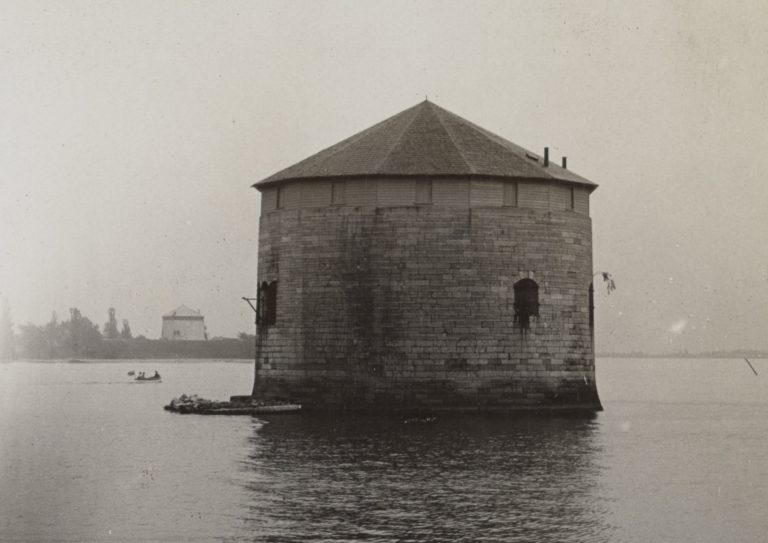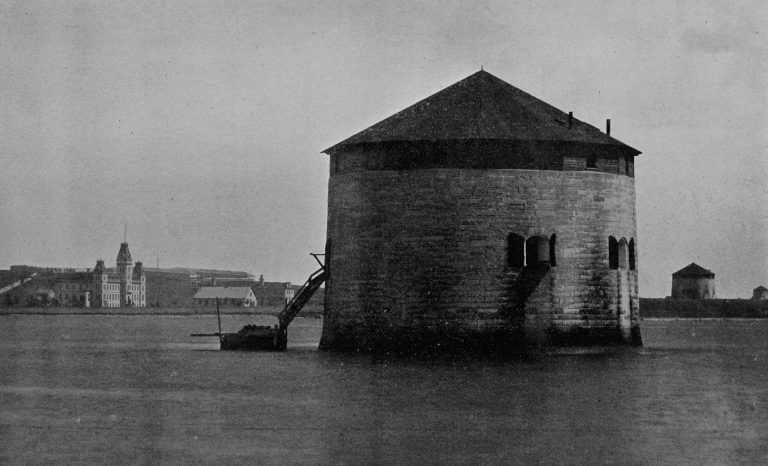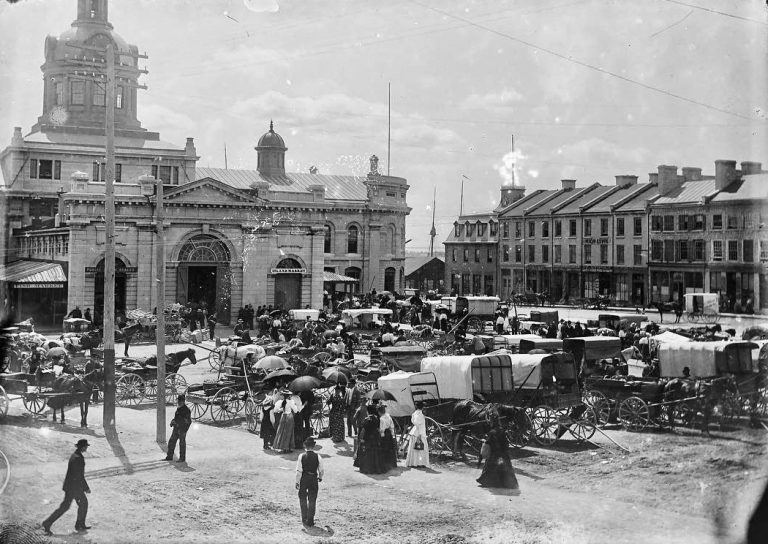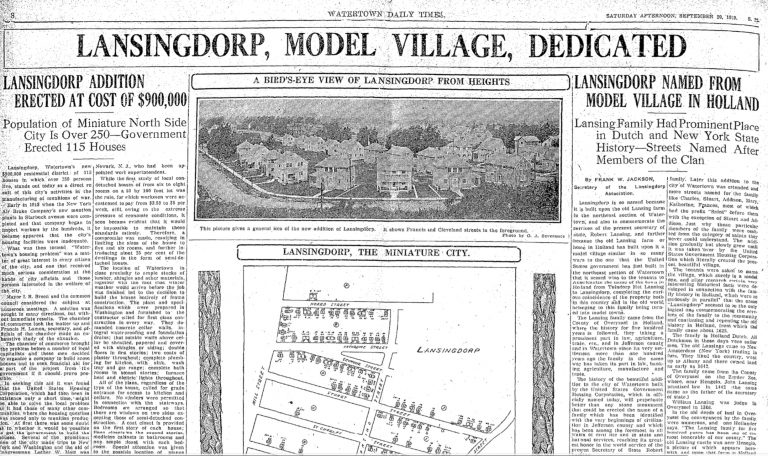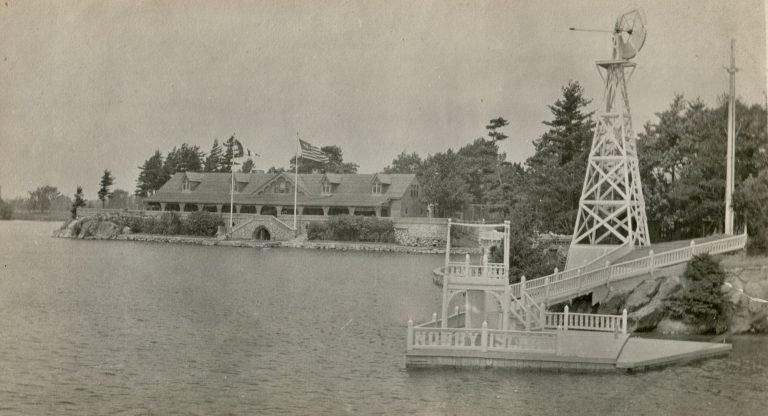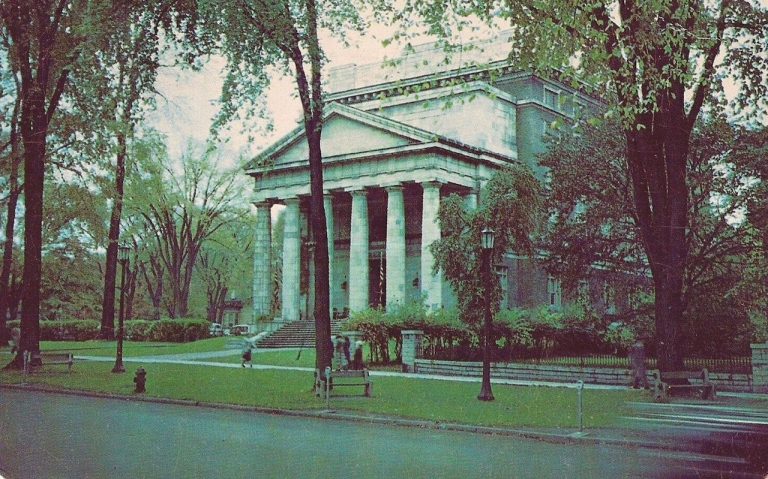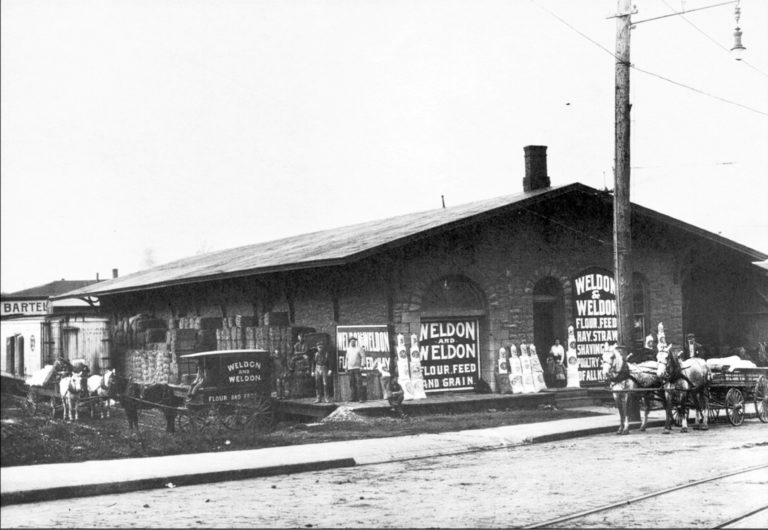The Martello Towers of Kingston, Ontario
If ever taking a road-trip to Kingston, Ontario (or a ferry, for that matter), one is likely to have noticed the Martello towers, three in all, standing near the shoreline while a fourth, the Shoal Tower, is off shore on the water a short distance (the three others are named Murney, Cathcart and Fort Frederick Tower.)
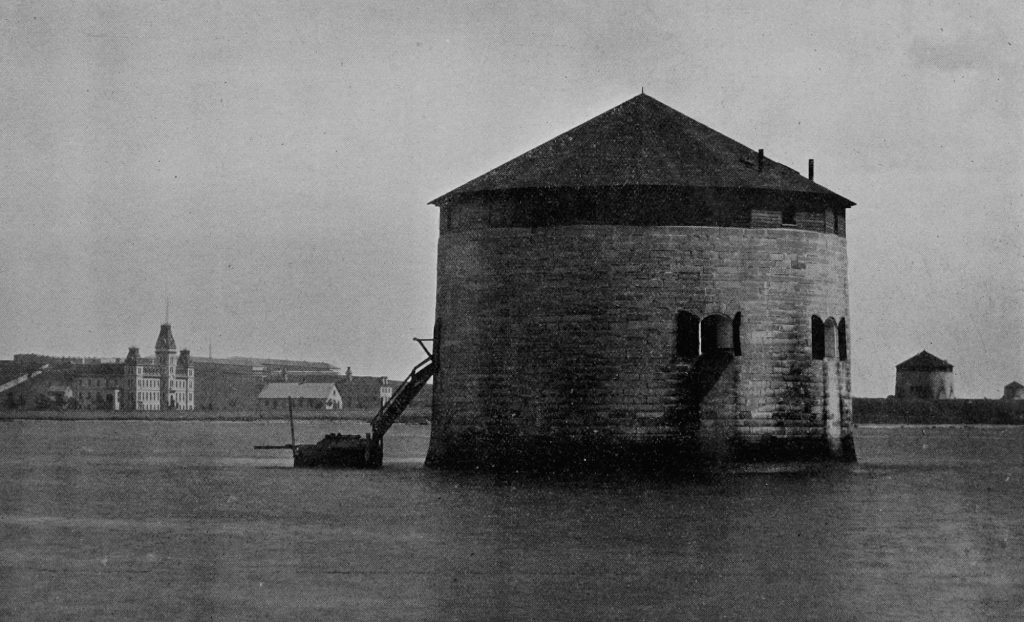
Martello towers were used throughout the world by the British empire during the first half of the 19th century from the French Revolutionary War through 1850. The Martello towers built in Kingston were erected in 1840s as part of its defense having long been home to important military installations such as Fort Cataraqui in the 1600s, later named Fort Frontenac in the 1700s, and later Fort Henry during the war of 1812 to protect the Royal Naval Dockyard where the present day Royal Military College of Canada is located today.
It was during the American Revolution that the British would lose the important installation known as Fort Haldimand (originally Fort Carleton) on Carleton Island which was built to protect the shipyard and building of the British naval fleet. The fort, and subsequently the island itself, were ceded to the United States under the Jay Treaty in 1794, however the British did not fully abandon it until a few Americans “captured” it in 1812 without bloodshed.
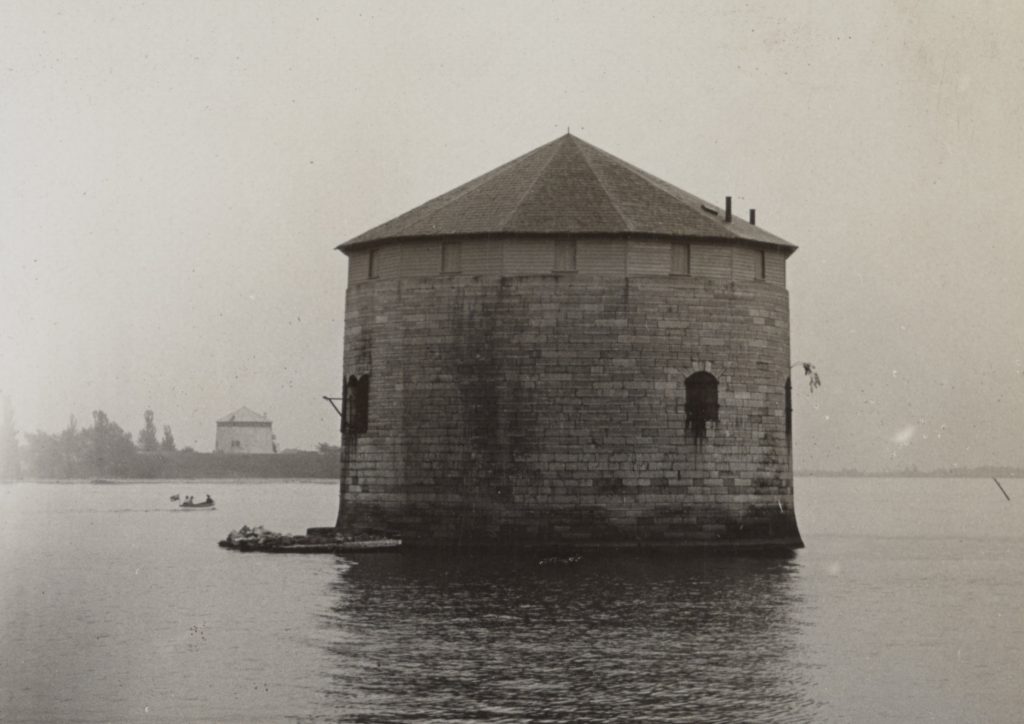
The British would focus their efforts on building its initial Fort Henry in 1812 as its center for the battle of control over Lake Ontario against the American naval fleet stationed at Fort Pike and Fort Tompkins in Sackets Harbor, N.Y. At war’s end, the United States would alum immediately see the construction of Madison Barracks in the same location while a much larger Fort Henry would replace the original in Kingston during the 1830s.
The construction of the Martello towers in Kingston, Ontario, would come about due to rising tensions between the United States and the British Empire over the boundary between Oregon and British Columbia which became known as the Oregon Question. Manifest Destiny would be used by the Democratic Party in the early 1840s as justification for the Mexican-America war and during the 1844 Presidential election posited the idea of annexing the entire area up to 54°40′ parallel which became the slogan, “Fifty-four Forty or Fight!”
Polk, however, having realized the potential for multiple wars on two fronts as the United States relations with Mexico were rapidly deteriorating after it recently had annexed Texas, settled on the 49th parallel which became the basis for the Oregon Treaty in 1846. During this time, the Martello Towers would be constructed with Shoal Tower located offshore from Confederation Park and Kingston City Hall.
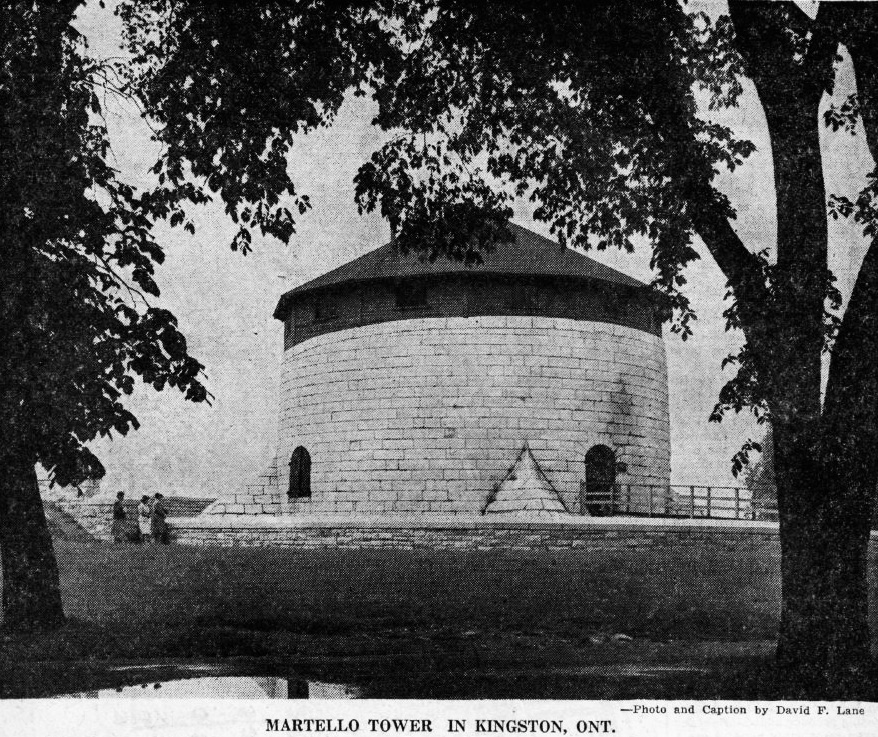
The Martello Towers would be included in David F. Lane’s series Old Houses of the North Country for the Watertown Daily Times in which he noted–
The Martello tower shown above is one of the cordon of four. But it is no longer considered an instrument of defense, although it might well serve as a shelter in a bombing raid. It is located near the shore along the upper readies of the city’s important King Street and for a number of years has been employed as an historical museum.
It is a beautiful piece of masonry and the limestone is of the excellent, quality found so lavishly deposited in Canada at the mouth of Lake Ontario and along the upper St Lawrence river. Undoubtedly the stone for these towers was quarried along the roadway between Kingston and Gananoque as was the stone for Fort Henry, which fortification was started on Point Henry in 1832 and put into use in 1836. The Martello towers followed about ten years later as a part of the plan of defense, which also included a number of blockhouses. Garrison batteries were maintained in both Fort Henry and in the Martello towers.
Kingston, occupying a strategic position which, in reality, is a sentry post enabling a close watch on traffic coming up from the Atlantic or passing ocean ward from the Great Lakes, was much concerned about its defenses as far back as the early 1600’s, and it was only natural a century ago (from the 1950s) that everything in the book should be employed in its protection. Hence Martello towers, which had been constructed in large numbers along the English coast and which were so admirably regarded by the mother country, because of their minimum requirements of men and armament.
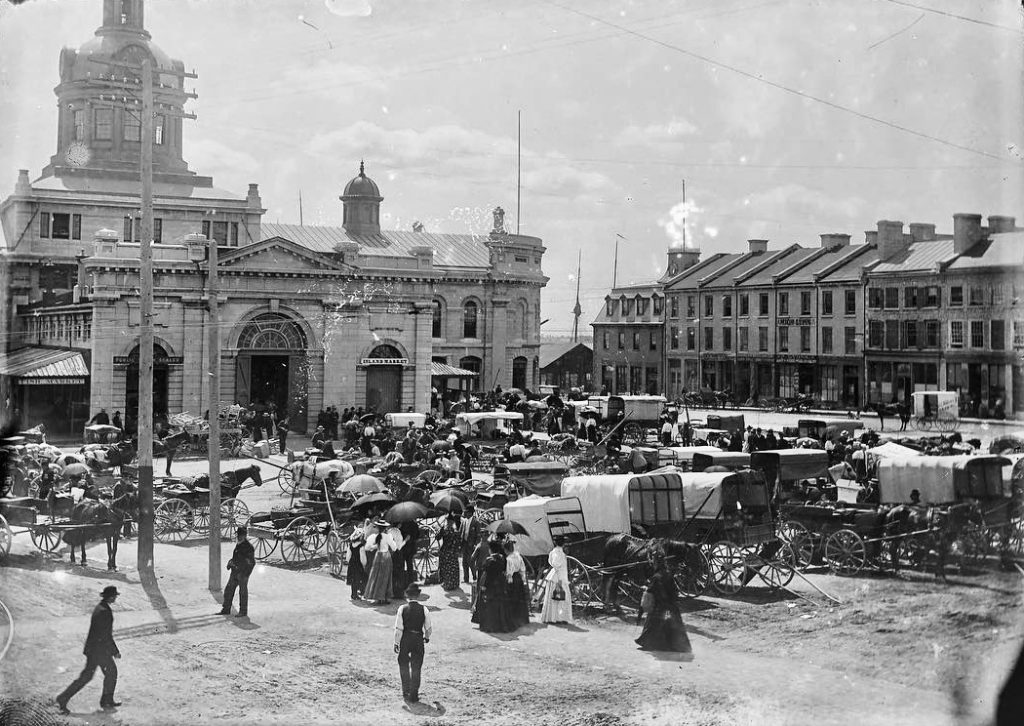
Ultimately, the Martello Towers in Kingston never saw battle and became obsolete with the advancement of munitions. The towers would be abandoned in the 1880s and fall into disrepair before being restored and declared a National Historic Site of Canada in 1930. Murney Tower would be converted into public museum in 1925 by the Kingston Historical Society and is open to the public in the summer months. More information on its operation can be found on their official website, murneytower.com.
In 2007, the four Martello towers in Kingston, Murney Tower, Shoal Tower, Cathcart Tower and Fort Frederick Tower, became part of the Rideau Canal and Kingston Fortifications World Heritage Site.
